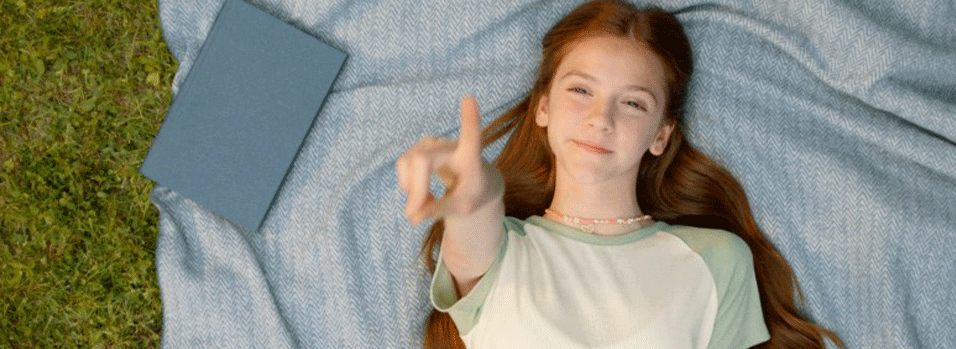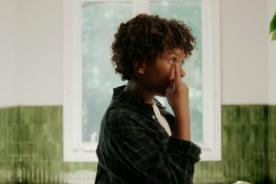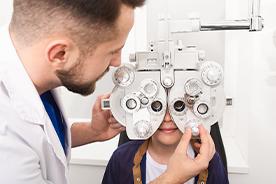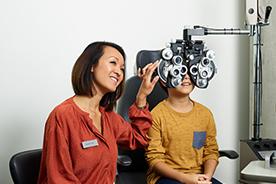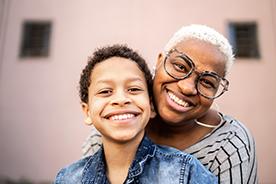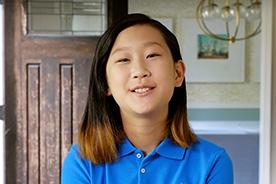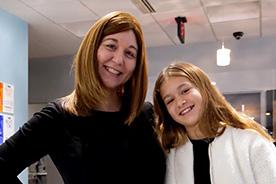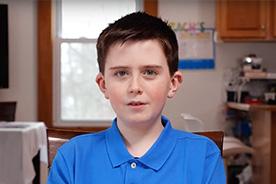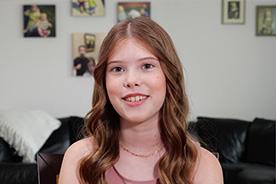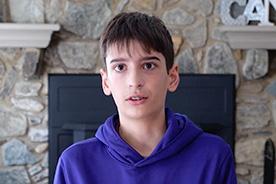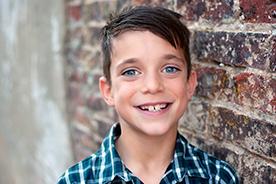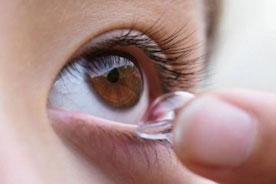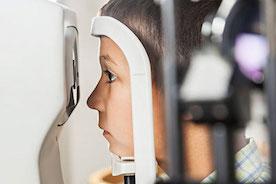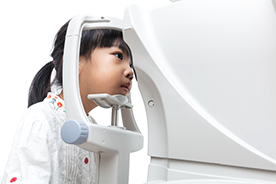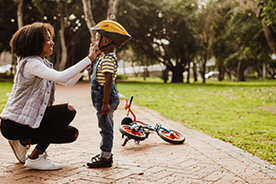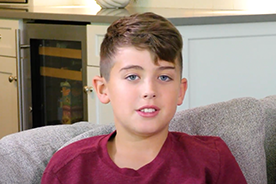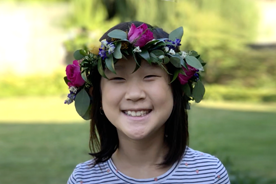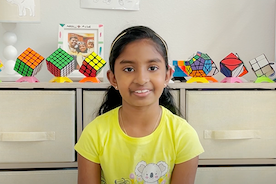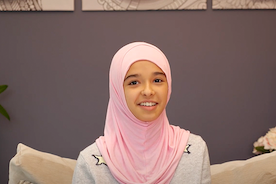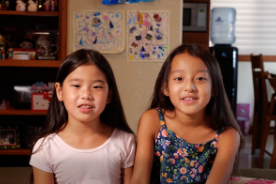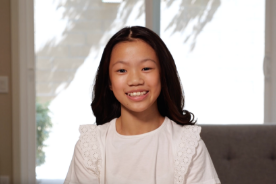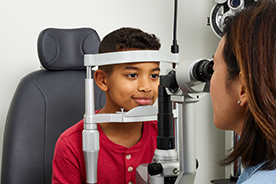Until recently, when a child was diagnosed with myopia—more commonly known as nearsightedness—it often meant glasses with continually higher prescriptions as the condition progressed and vision got worse as they grew. Today, advancements in vision care have revolutionized how myopia is treated and controlled.
However, making your child’s vision clear again is only half the battle. It’s equally important to help protect blurry vision from getting worse, which is now possible with contact lenses.1 But even with these modern treatment options, you might still have questions.
Aren’t all contact lenses for kids created equal?
While traditional soft contact lenses can help kids see clearly, they don’t slow the progression of myopia, which means kids may need increasingly stronger prescriptions as they continue to grow.2 But there is one soft contact lens that can help slow down the speed at which myopia gets worse.*‡§3,4
MiSight® 1 day contact lenses for myopia control are the first and only FDA-approved* product proven to slow the progression of myopia in children aged 8-12 at the initiation of treatment.§3
Isn’t my child too young for contacts?
Studies show that children from as young as 8 years old can successfully wear daily disposable soft contact lenses,|3 and 9 out of 10 are able to insert and remove their lenses on their own.¶5 Parents can also feel confident about the safety of MiSight® 1 day, as it’s backed by an international 6 year clinical study indicating it has a strong safety profile and it’s a 1-day lens.6
What types of lenses are best?
Daily disposable contact lenses are oftentimes a more convenient choice, especially for age-appropriate kids.3 There’s no need to clean, disinfect, or store them because they are discarded after each use. This also saves costs on contact lens solutions.
Seven steps to success!
Once you and your child’s eye doctor has decided that contacts are the best option, try these simple tips and tricks to help your child master insertion and removal and boost their confidence:
- Practice Together: Insert and remove the lenses together until your child feels comfortable and confident. Stand in front of a mirror and talk through each step.
- Create a Routine: Make a checklist for inserting and removing lenses and place it on the mirror to establish a consistent routine.
- Watch How-To Videos: Watch instructional videos together for a visual guide on how to handle the lenses.
- Gradually Build Wear Time: Start with shorter wear times and gradually increase to 10 hours as per your doctor's instructions.
- Practice on Weekends: Allow for more practice time on the weekends when beginning lens wear, and extra time in your morning routine on school days.
- Prepare a Kit: Create a contact lens kit with extra lenses and a mirror for on-the-go needs.
- Lead by Example: If you wear contact lenses, have your child observe and learn from your routine.
Feeling Ready? Take the Next Step!
Talk with your eye doctor to determine if contact lenses are the right option for your child. You can find a MiSight® 1 day eye doctor and get a free trial** of MiSight® 1 day contact lenses at MiSight.com.

